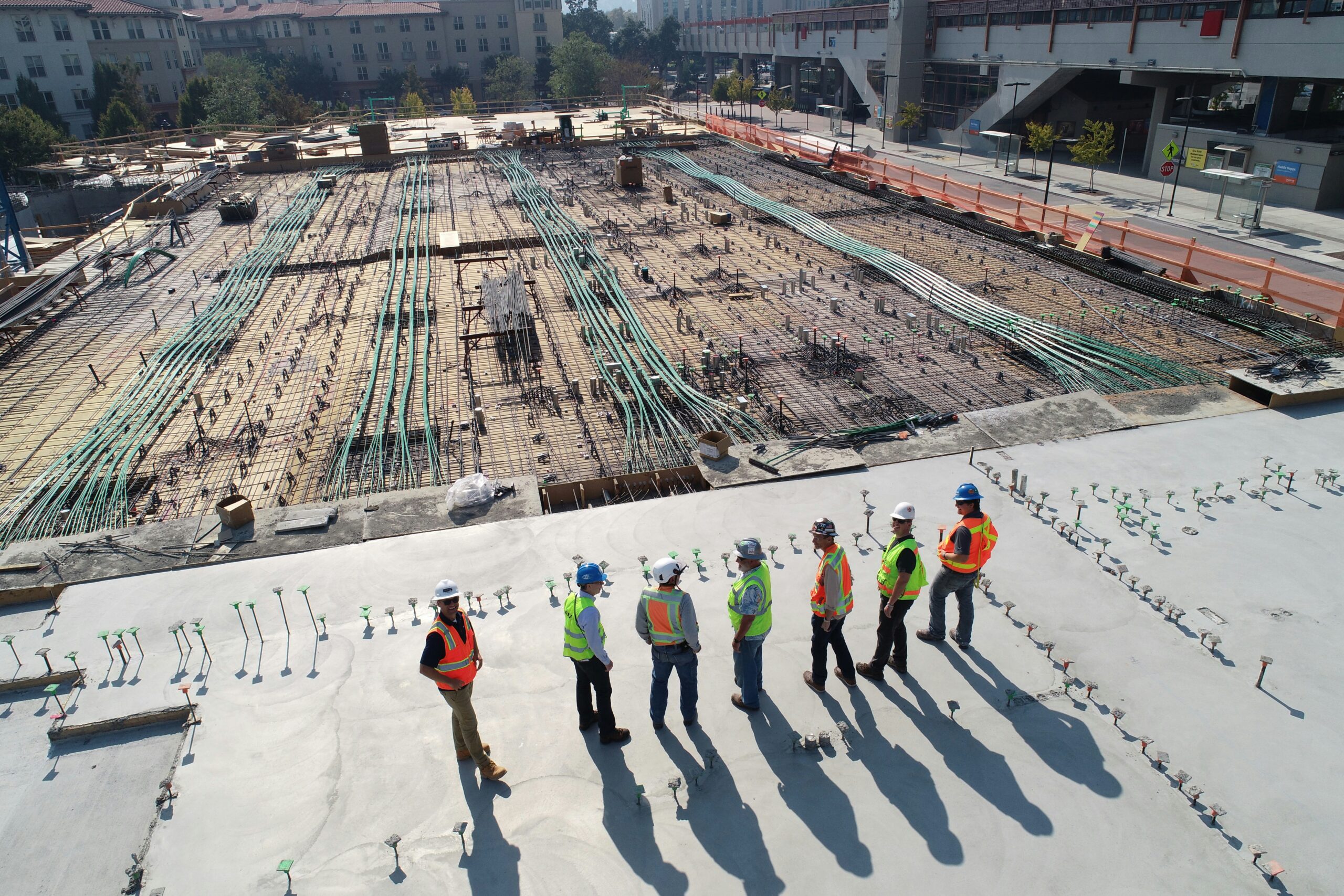
The retail landscape has dramatically changed over the last few decades, with the rise of e-commerce, shifting consumer habits, and the need for sustainability all contributing to a rapidly evolving industry. In response, the construction of retail spaces has also had to adapt to these changes. Today’s retailers are increasingly focusing on building smarter—creating functional, efficient but also innovative, sustainable, and customer-focused stores. The evolution of retail construction is driven by innovative technologies, sustainable practices, and design strategies that improve consumer experience and operational efficiency. This article will explore how innovative construction techniques shape retail success and the future of retail spaces.
Smart Technology Integration in Retail Construction
Innovative technology is a cornerstone of the modern retail construction revolution. Technology is integrated into every stage of retail spaces, from design to operations, enhancing efficiency, security, and responsiveness to customer needs. Smart buildings have systems that monitor and control various elements, including lighting, heating, security, and inventory management.
One of the most impactful technologies in retail construction is the integration of Internet of Things (IoT) devices. IoT-enabled sensors can monitor foot traffic, adjust lighting based on customer presence, and even manage temperature settings to ensure comfort while minimizing energy use. Intelligent lighting systems, for instance, change the time of day and occupancy levels, reducing energy consumption and lowering costs. IoT-enabled HVAC systems can adjust temperatures in store areas based on customer movement, ensuring a pleasant shopping experience and reducing energy waste.
Additionally, using innovative security systems has become increasingly important in retail spaces. AI-powered cameras can detect unusual activity, alerting store managers or security personnel in real time. Moreover, these systems can also optimize staffing needs by monitoring the store’s activity levels, improving efficiency, and reducing labor costs.
As innovative technologies evolve, they also contribute to better customer engagement. Many stores now feature interactive digital displays and self-checkout kiosks for easier customer interaction. Augmented reality (AR) lets shoppers virtually try on clothes or visualize furniture in their homes. Integrating innovative technology in retail construction improves operational efficiency and transforms customers’ shopping experience.
Sustainable Building Practices for the Future
Sustainability has become a central theme in all construction sectors, and retail is no exception. With increased environmental awareness and the drive to reduce carbon footprints, retailers are prioritizing spaces that are both functional and eco-friendly.
One of the most innovative sustainable practices in retail construction is using green building materials. Retail developers increasingly opt for energy-efficient, recyclable materials that are sustainably sourced. For example, recycled steel, bamboo, and reclaimed wood are used to create retail spaces with minimal environmental impact. Additionally, low-VOC (volatile organic compounds) paints and finishes improve indoor air quality, creating a healthier shopping environment.
Energy-efficient building designs are also critical in reducing the carbon footprint of retail spaces. Many new retail buildings are designed with high-performance insulation, energy-efficient windows, and green roofs that help reduce energy consumption. Solar panels are also increasingly being integrated into retail spaces, allowing stores to generate electricity and reduce reliance on grid power. In some cases, excess energy generated by solar panels can be stored and used during peak demand times, contributing to the store’s energy efficiency and overall sustainability.
Beyond energy efficiency, sustainable retail construction also focuses on water conservation. Low-flow plumbing fixtures, rainwater harvesting systems, and drought-resistant landscaping are standard features in new retail spaces. These practices lower water consumption and support the retailer’s commitment to environmental stewardship, which is crucial for eco-conscious consumers.
Modular and Prefabricated Construction: Faster and More Efficient
Modular and prefabricated construction is one of the most innovative methods in modern retail construction. These techniques involve building components of a retail space off-site in a controlled factory setting before assembling them on-site. This approach offers several advantages, including faster construction times, reduced costs, and minimal disruption to surrounding businesses or communities.
Modular and prefabricated construction allows for greater flexibility in designing retail spaces. Components such as walls, floors, and roofs can be manufactured off-site and delivered to the construction site for quick assembly. This significantly reduces the time it takes to complete a project compared to traditional construction methods. Additionally, the off-site construction process is less vulnerable to weather delays, allowing retailers to open their stores faster and start generating revenue.
Enhanced Efficiency and Precision through Factory Fabrication
This construction technique also reduces waste and improves quality control. Since components are fabricated in a factory setting, there is less material waste and fewer chances for errors. The controlled environment also allows for higher precision in construction, which means that components fit together more efficiently when they arrive on-site.
Modular and prefabricated buildings also offer flexibility that traditional construction methods do not. These buildings can be easily reconfigured or expanded as needed. Retailers can easily scale operations by adding modular units or repurposing components for new uses, ideal for seasonal stores or temporary showrooms.
The future of retail construction is focused on building more thoughtful, efficient, and engaging spaces that meet the needs of retailers and customers. Innovative construction techniques—such as smart technology integration, sustainable building practices, modular construction, and customer-centric design—revolutionize how retail spaces are built and experienced. By incorporating these innovations, retailers can create environments that enhance the shopping experience and improve operational efficiency and sustainability.